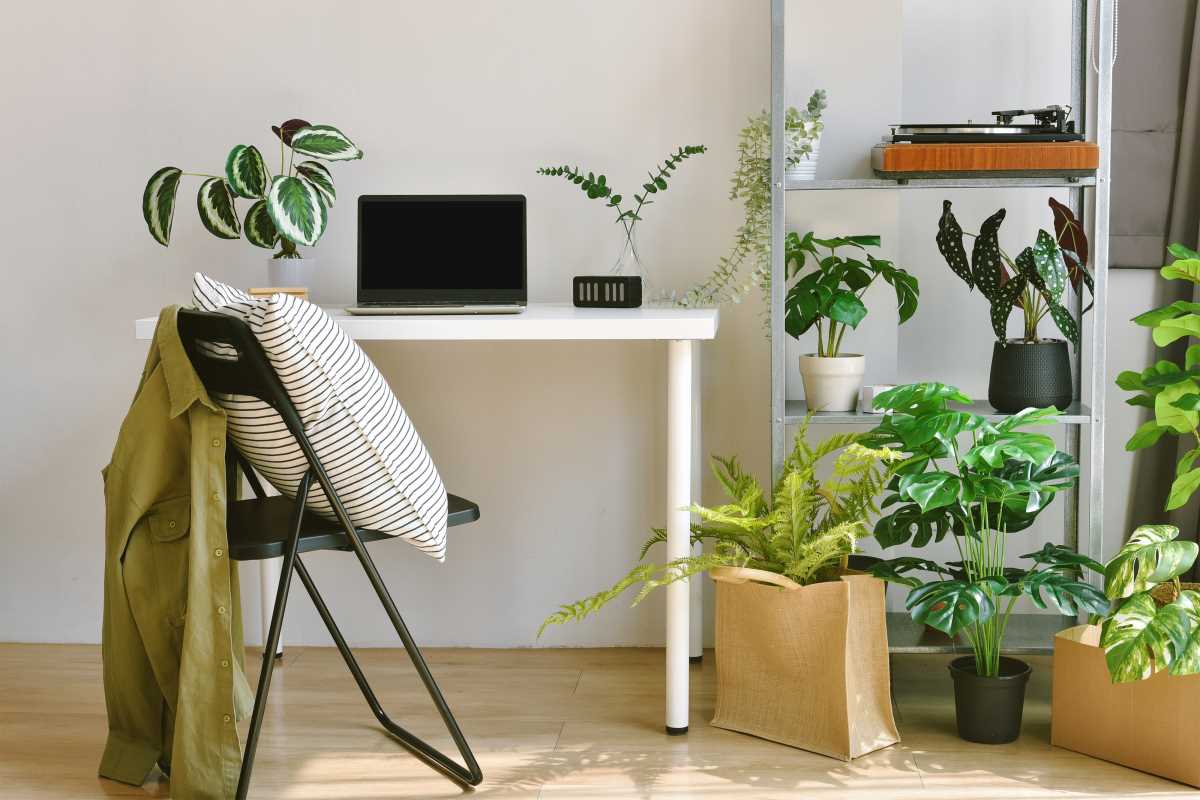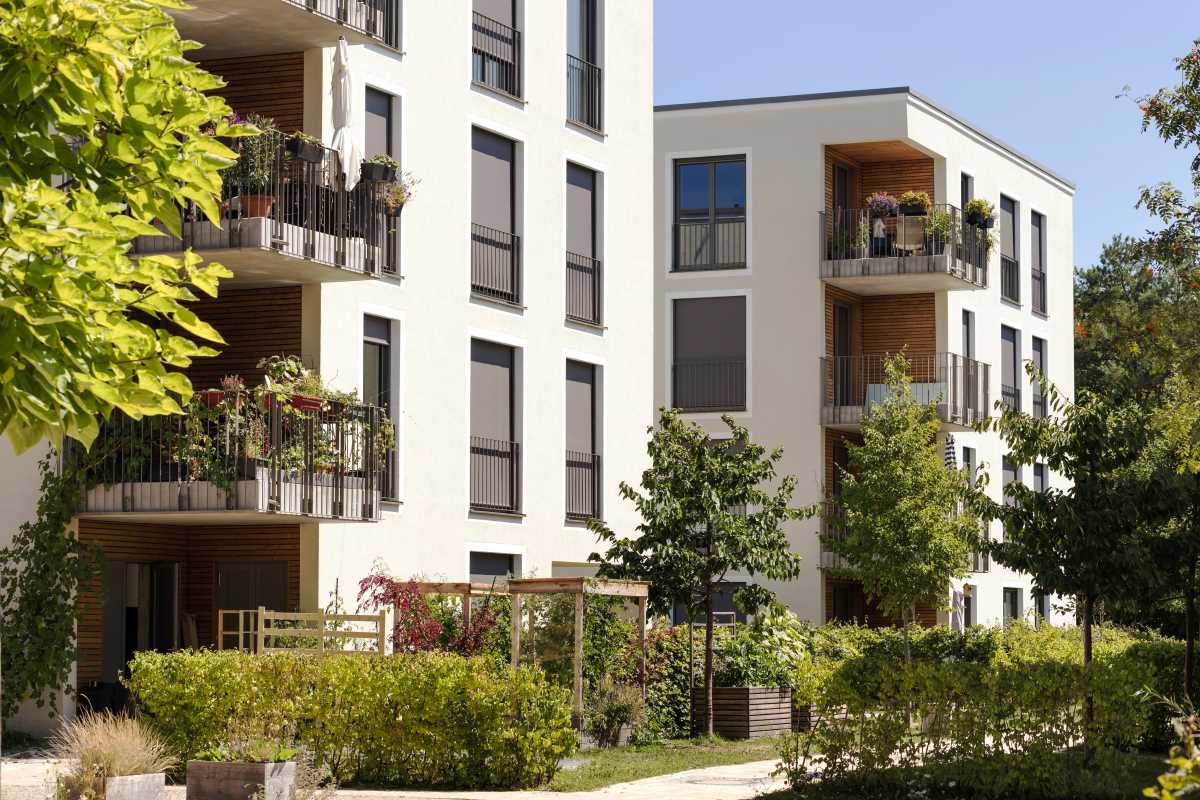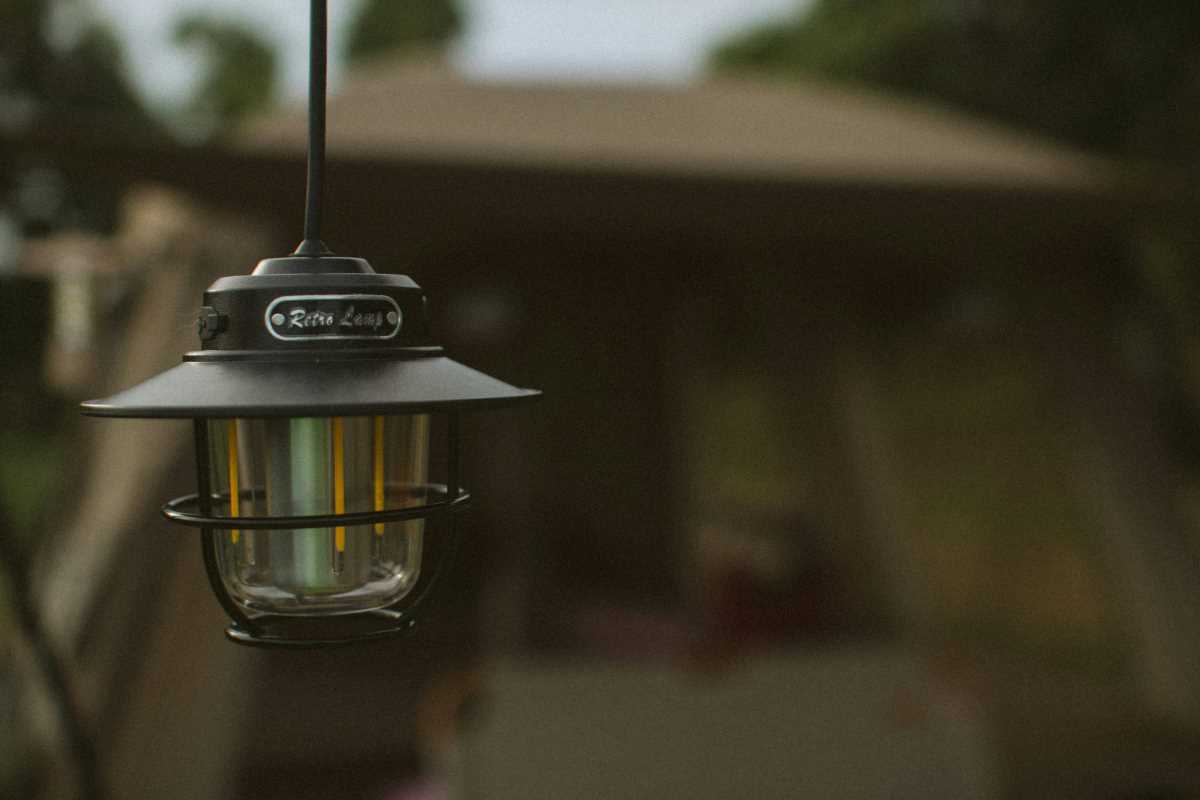Many people notice allergy symptoms flare up during regular cleaning or suspect that their living spaces harbor unseen irritants. Feeling comfortable at home should come naturally, not require constant effort. Selecting plants that produce fewer allergens while improving indoor air can help minimize reactions and keep your rooms looking vibrant. These green additions offer more than just decoration—they can support a healthier atmosphere and brighten up any corner. Take a closer look at unexpected reasons why some houseplants make excellent choices for allergy-conscious households and discover which ones might belong near your favorite sunny window.
Think about how a well-chosen indoor plant can serve as an unnoticed houseguest, quietly intercepting airborne irritants while offering a visual pick-me-up. Beyond the usual “green boost,” some species carry microstructures on their leaves that trap fine particles, while others naturally compete with mold spores. These hidden strengths turn simple decor into a genuine air-care system.
Fresh Perspectives on Low-Allergen Indoor Greens
Most guides just list a handful of hypoallergenic options and call it a day, but few explore how each plant’s leaf texture, root structure, or growth habit influences microscopic air quality. Peeling back that layer reveals why certain ferns excel at intercepting pollen grains, while succulents thrive in dry rooms where dust binds more fiercely.
Imagine a plant that not only filters dust but also reduces humidity spikes in bathrooms, cutting down on mold growth at the source. That’s the kind of insight that turns ordinary “green decor” advice into a targeted wellness upgrade. Next, we’ll focus on specific species with verified perks and realistic upkeep notes.
Low-Allergen Plants That Purify and Charm
Sansevieria trifasciata (Snake Plant) — Dracaena family
- Why it’s great: Rigid, upright leaves trap airborne dust and break down common toxins.
- Care & cost: $15–$25 for a medium pot; thrives in low light and neglect.
- Insider tip: Rotate the pot every few weeks to ensure even growth and avoid one-sided curling.
Spathiphyllum wallisii (Peace Lily) — Flowering houseplant
- Why it’s great: Arching leaves capture mold spores before they spread; blossoms indoors with minimal effort.
- Care & cost: About $20 for a six-inch pot; water when the top inch of soil dries, mist lightly on warm days.
- Insider tip: Regular misting helps maintain its glossy, air-trapping leaves.
Zamioculcas zamiifolia (ZZ Plant) — Tropical staple
- Why it’s great: Waxy foliage limits pollen release and pulls excess moisture from the air, slowing mildew.
- Care & cost: $18–$30 depending on size; tolerates sporadic watering.
- Insider tip: Let soil dry completely between drinks to prevent root rot and keep foliage glossy.
Chlorophytum comosum (Spider Plant) — Fast-growing perennial
- Why it’s great: Effective at capturing formaldehyde and fine dust particles.
- Care & cost: Often under $12 for a small pot; flourishes in bright, indirect light.
- Insider tip: Trim brown leaf tips regularly and root offshoots in water to grow new plants.
Areca catechu (Areca Palm) — Air-purifying palm family
- Why it’s great: Filters xylene and toluene, while feathery fronds intercept dust effectively.
- Care & cost: Around $25 for a young plant; prefers slightly moist but not waterlogged soil.
- Insider tip: Group with other humidity-loving plants on a pebble tray to boost mold resistance.
Snug Spots, The Right Light, and Watering Rhythms
- Choose a corner with moderate to bright indirect light but avoid heaters or drafty vents that dry out leaf surfaces and reduce particle capture.
- Check soil moisture levels with a simple finger test; most low-allergen species prefer to dry out partially—overwatering invites mold and diminishes air-trapping efficacy.
- Elevate pots on stands 6–8 inches above the floor to promote airflow around foliage, which lowers the chance that collected allergens recirculate.
- Group plants with similar light and water needs together; this minimizes accidental over- or under-watering and keeps each plant vigorous and effective.
- Dust leaves every two weeks with a soft, damp cloth to maintain the leaf’s microporous surface, preserving its allergen-trapping ability at peak performance.
Stylish Displays for Air-Cleaning Greens
Combine form and function by mounting a living wall or placing a shelf arrangement that features low-allergen varieties without crowding. Use sleek, slatted shelving for palms and ferns, and cluster succulents on staggered levels to maximize light. For smaller spaces, consider a tiered plant stand by a sunny window where each species can shine.
If you worry about the setup looking too much like a greenhouse, try combining decorative planters in muted tones or minimalist shapes so the foliage stands out. One modern idea is a modular frame that turns blank walls into a lively background. When exploring vertical gardens, choose low-allergen species with shallow root mats to make installation easier and reduce the need for heavy drip trays.
Choosing low-allergen plants like Peace Lily or Areca Palm helps reduce dust and pollen in your home. Add these green allies to your space and enjoy cleaner, fresher air.
 (Image via
(Image via





